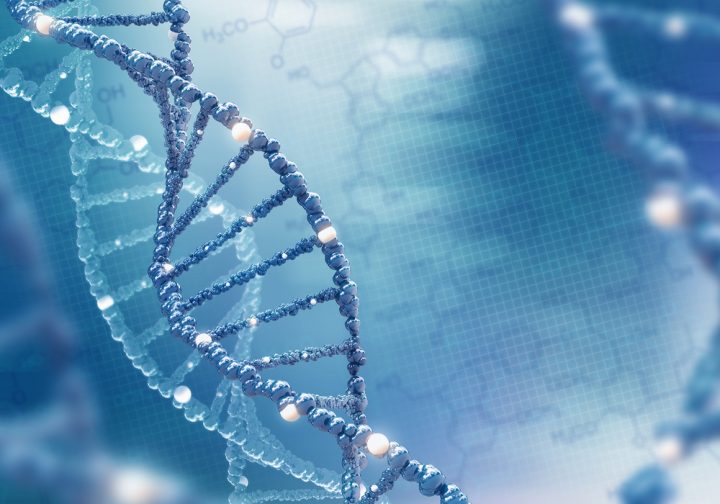Gene Level Profiles in ALS Are Informative, but Lack Diagnostic Value, Study Finds

Courtesy Shutterstock
Determining genetic profiles from patients’ blood samples can provide a broad view of the biological processes involved in amyotrophic lateral sclerosis (ALS).
However, this information may not add valuable diagnostic information because it can’t accurately discriminate ALS cases from conditions that mimic the disease, according to researchers.
Their study, “Whole blood transcriptome analysis in amyotrophic lateral sclerosis: A biomarker study,” was recently published in the journal PlosOne.
ALS is a life-threatening disease that does not yet have an effective treatment, with only disease-modifying therapies (DMTs) available to patients. To find new, more effective therapies, the scientific community has been working toward a better understanding of the underlying processes behind ALS.
Several studies have shown that genetics plays an important role in ALS. And many cellular processes have been linked to the disease, including oxidative stress, mitochondrial dysfunction, and neuroinflammation.
But this information is still incomplete and there are many important questions that remain unanswered. Despite the efforts made, more informative and accurate diagnostic tests that can help clinicians confirm ALS are also necessary.
“Gene expression studies are valuable in overcoming such challenges since they can shed light on differentially regulated pathways and may ultimately identify valuable [diagnostic] biomarkers,” the researchers wrote.
The research team conducted a genetic analysis of blood samples collected from 397 ALS patients, 645 control subjects who had no neuromuscular disease, and 75 patients who were suspected of having ALS but with no confirmed diagnosis. All participants were followed at the University Medical Center Utrecht in The Netherlands.
The profiles included an analysis of a panel of 29,830 genes, of which 2,943 were found to have different levels between patients and controls. Many of these genes were found to be involved in RNA binding and enzyme processes, especially in mechanisms linked to programmed cell death and the transport of molecules within cells.
Next, the team reanalyzed the profiles based on the site of ALS onset (spinal or bulbar) and C9orf72 gene status — a hallmark of familial ALS. No specific differences in gene levels were found in these subgroups compared to an analysis of the general ALS population.
In order to find potential genetic biomarkers that could hold diagnostic potential, researchers used four different analytic strategies. But none of the analysis models was able to identify reliable biomarkers that could accurately detect ALS.
Also, the team tried to use the information on 2,324 genes to predict survival among ALS patients. However, this approach also failed to identify any biomarker that could differentiate between patients with longer or shorter survival times.
“This means the expression of any subset of these 2,324 genes was not sufficiently informative to predict survival for ALS patients,” the researchers wote.
The study was able to demonstrate that blood-based genetic profiles can provide a broad view of the biological processes involved in ALS. Still, using such an approach to establish new biomarkers of the disease with real diagnostic and prognostic value has many challenges.






